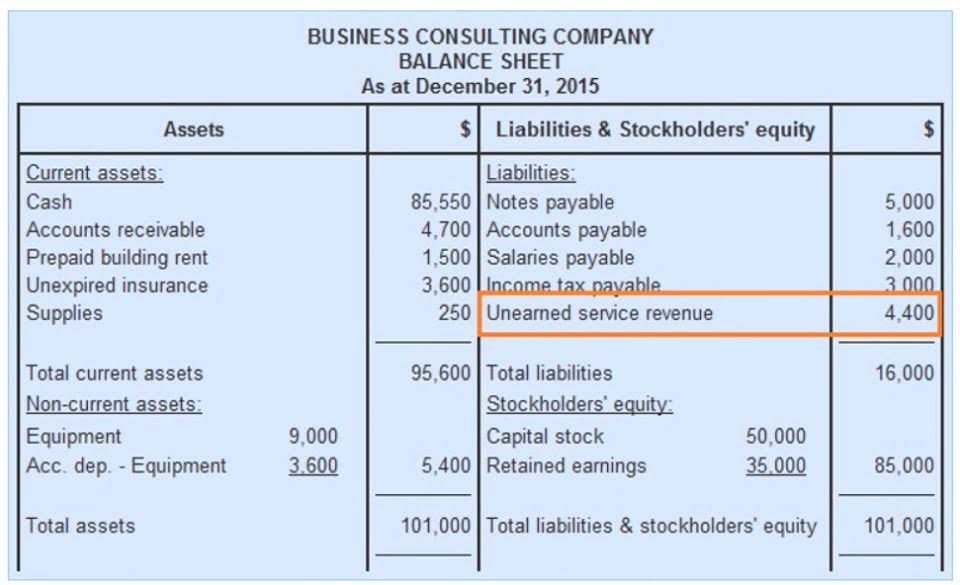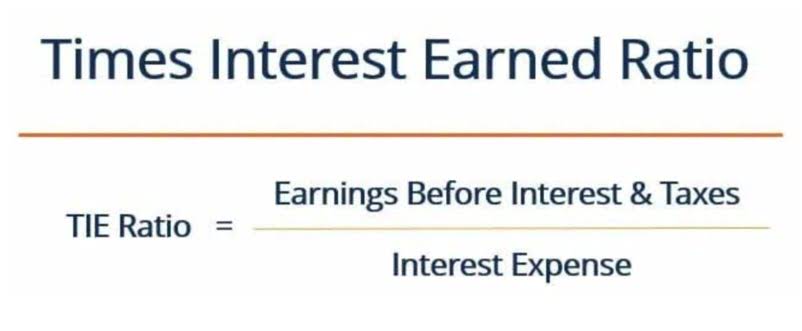
In this article, we will try to guide with the finest information and proper use along with its calculations. It is necessary to understand the importance of the concept of depreciation tax shield equation in the corporate environment as a temporary benefit to save taxes. This amount in the profit and loss statement brings down the total revenue earned by the business, thus successfully leading to lower tax payments. An alternative approach called adjusted normal balance present value (APV) discounts interest tax shield separately.
- The net benefit of accelerated depreciation when we compare to the straight-line method is illustrated in the table below.
- MACRS depreciation table will assist you to accelerate cost recovery benefits easily.
- If the tax rate is 33%, the company’s tax liability works out to USD 1 million (USD 3 million × 33%) which equals after-tax net cash flows of USD 7 million (USD 8 million – USD 1 million).
- Although tax shield can be claimed for a charitable contribution, medical expenditure, etc., it is primarily used for interest and depreciation expenses in a company.
What is Depreciation and How to Calculate Its Tax Shield Effect in Your Capital Budgeting Analysis

Lets assume that a firm is considering to either purchase or lease a building. When deciding to take a mortgage to purchase a building for their business, a tax shield will be created as a result. This is because mortgage interest is tax-deductible and the deduction applies to the interest and Bookkeeping for Painters not on the mortgage payment. If the firm puts a tax shield into consideration when making the mortgage decision, then it will be easier to make a decision. You have a little bit of flexibility with a tax shield since you have an opportunity to reduce taxable income for a specific tax year. Alternatively, you have the opportunity to move it forward to a future point in time.
Unlevered Beta Formula – Ultimate Guide (
Each year, this results in some amount of depreciation expense for tax purposes. The Depreciation Tax Shield refers to the tax savings caused from recording depreciation expense. On the income statement, depreciation reduces a company’s earning before taxes (EBT) and the total taxes owed for book purposes.

Enterprise Value vs Equity Value – Ultimate Guide (
- In order to help you advance your career, CFI has compiled many resources to assist you along the path.
- It’s important to note that tax shields are subject to tax laws and regulations.
- It is easy to note the difference in the tax amount payable by the business at the end of each year with and without the annual depreciation tax shield.
- Similar to the tax shield offered in compensation for medical expenses, charitable giving can also lower a taxpayer’s obligations.
- The journey thus far has been enlightening, and now, as we approach the final stretch, let us reflect on the key takeaways and implications.
D&A is embedded within a company’s cost of goods sold (COGS) and operating expenses, so the recommended source to find the total value is the cash flow statement (CFS). In order to calculate the depreciation tax shield, the first step is to find a company’s depreciation expense. Real estate depreciation is a method used to deduct market value loss and the costs of buying and improving a property over its useful life from your taxes. The IRS allows you to deduct a specific amount (typically 3.636%) from your taxable income every full year you own and rent a property. Taxpayers must comply with tax laws and regulations to ensure that the deductions and credits claimed are valid. This can require significant time and resources, including the cost of hiring a tax professional or accountant to assist with compliance.
- Consequently, the tax shield tactic mentions a precise deduction’s function to shield shares of the taxpayer’s salary from the assessment.
- Julia Kagan is a financial/consumer journalist and former senior editor, personal finance, of Investopedia.
- It should be noted that regardless of what depreciation method is used the total expense will be the same over the life of the asset.
- In this case, the tax shield would amount to $25,000, meaning the business would save $25,000 in taxes due to the deductions or credits it has utilized.
- Therefore, the depreciation tax shield formula can be calculated by multiplying the corresponding expense with the tax rate.
- On the income statement, depreciation reduces a company’s earning before taxes (EBT) and the total taxes owed for book purposes.
- The reasoning is that even though we forfeit the $100,000 tax benefit, we gain back the $500,000 in interest expenses (since we are not obliged to pay it out anymore).
- (d) the bond’s market price at the start of the year multiplied by its annual coupon rate.
- Taxpayers must comply with these laws and regulations to ensure that the deductions and credits claimed are valid and that they are not subject to any penalties or fines for non-compliance.
- For example, if you have a tax rate of 24 percent and you have $2,000 in mortgage interest, you can determine that your tax shield would be $480.
- In general, anyone who is looking to reduce their tax liability and improve their financial situation can benefit from tax shields.
- This is because the rating of some deductions, such as depreciation happens throughout the year.
A progressive tax rate results in a higher dollar sum gathered from taxpayers with better depreciation tax shield incomes. This approach allows the taxpayer to identify a large sum of depreciation as a chargeable expense through the first few years of a fixed asset. So, for instance, if you have $1,000 in mortgage interest and your tax rate is 24%, your tax shield will be $240. We note from above that the Tax Shield has a direct impact on the profits as net income will come down if depreciation expense is increasing, resulting in less tax burden. 4 The example in this article is illustrative and starts from the same de-levered beta. Typically, beta estimations start from a sample of levered betas, which is converted to de-levered betas and finally re-levered to the gearing ratio of the firm of interest.





